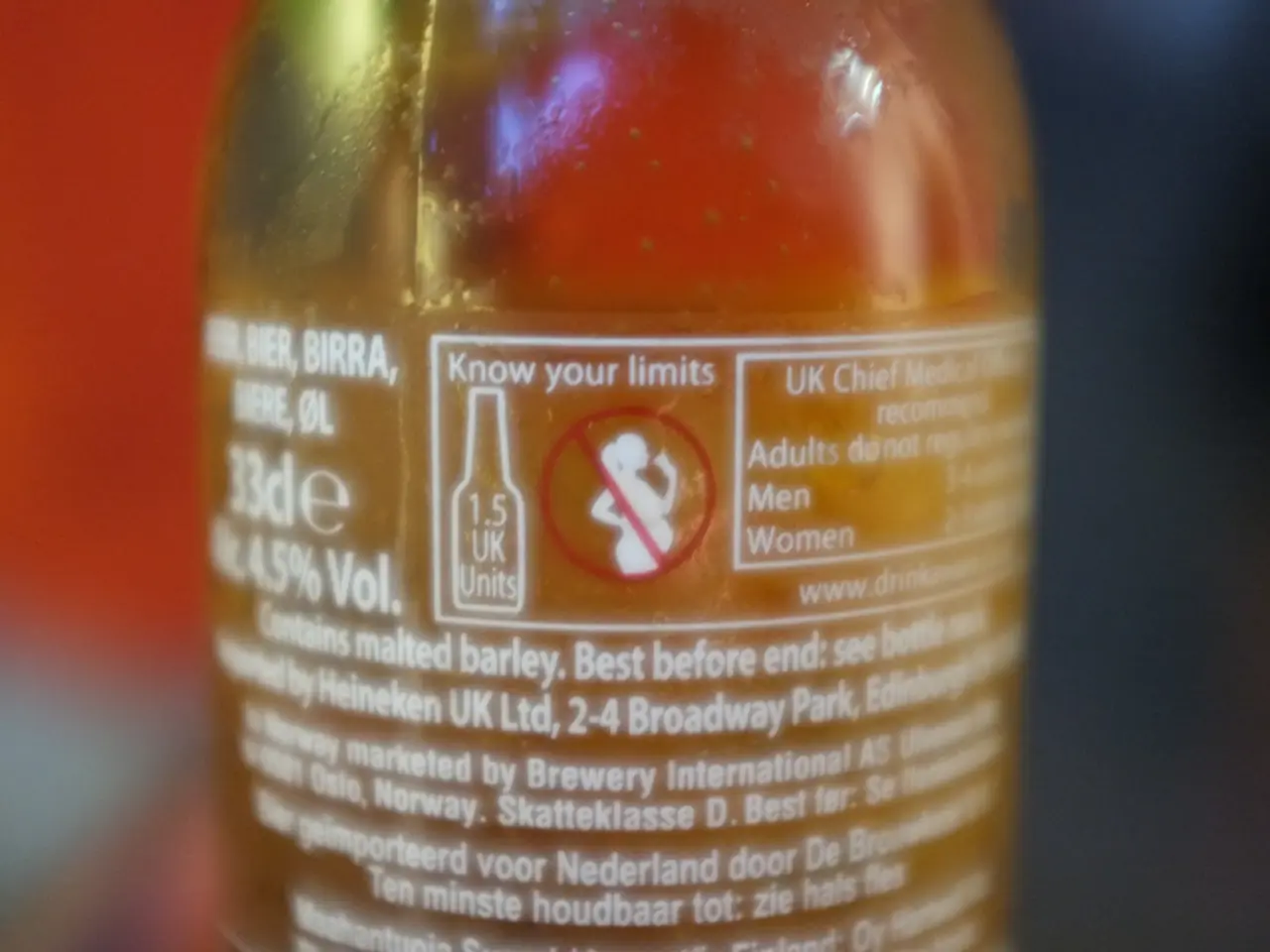The true extent of hazard within our water supplies
In recent years, concerns have been raised about the quality of our drinking water. A growing body of evidence suggests that a variety of contaminants, including pharmaceutical residues and hormones, are finding their way into our water supplies.
One of the most concerning findings is the presence of male sex hormones in drinking water, which has been linked to a decrease in viable sperm and an increase in testicular cancer in males. This could be due to the flushing of these hormones down the sewage canals after they have completed their task within the human body.
Similarly, remnants of contrast media used in X-rays and medications for rheumatism and pain relief, such as diclofenac and ibuprofen, have been detected in drinking water. These toxic substances, which are invisible, odorless, and extremely dangerous, pass unchallenged through the filters of wastewater treatment plants and re-enter the food chain.
Clofibric acid, an agent in cholesterol-lowering medications, and the chemistry used in cancer treatments, such as "chemo", have also been found in our drinking water. Synthetically produced sex hormones from birth control pills and menopause treatments, as well as hormones from anti-aging pills, are also abundant in our water supplies.
Despite these worrying findings, reliable studies on the effects of these contaminants in drinking water are lacking. The water consortium management is implementing advanced filtration technologies such as activated carbon filters, membrane bioreactors, and advanced oxidation processes to reduce or eliminate pharmaceutical contaminants from wastewater. However, it may take time before these are practical solutions.
In the meantime, it is estimated that much medicinal water continues to flow down the Rhine before effective filtration systems are in place. This raises concerns about the long-term health effects of these contaminants on the general population.
It is important to note that many citizens consume various medications, including dietary supplements, over-the-counter products, and prescription drugs. While these substances are essential for maintaining health and treating illness, their presence in our drinking water could have unintended consequences.
As the water consortium continues to work on developing effective filtration systems, it is crucial for individuals to be aware of this growing concern and take steps to protect their health. This may include reducing medication use where possible, properly disposing of unused medications, and staying informed about the quality of their drinking water.
In conclusion, while the water consortium is working to address the issue of pharmaceutical contaminants in drinking water, it is a complex problem that requires ongoing attention and action from both individuals and governmental bodies. The health and safety of the general population depend on it.
Read also:
- Is it advisable to utilize your personal health insurance in a publicly-funded medical facility?
- Dietary strategies for IBS elimination: Aims and execution methods
- Benefits, suitable dosage, and safety considerations for utilizing pumpkin seed oil in treating an overactive bladder
- Harmful Medical Remedies: A Misguided Approach to Healing






